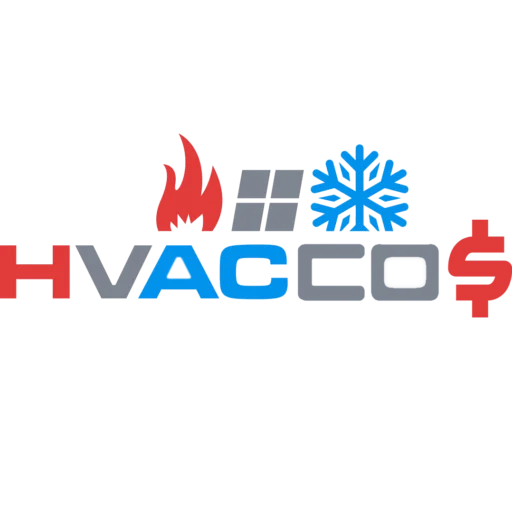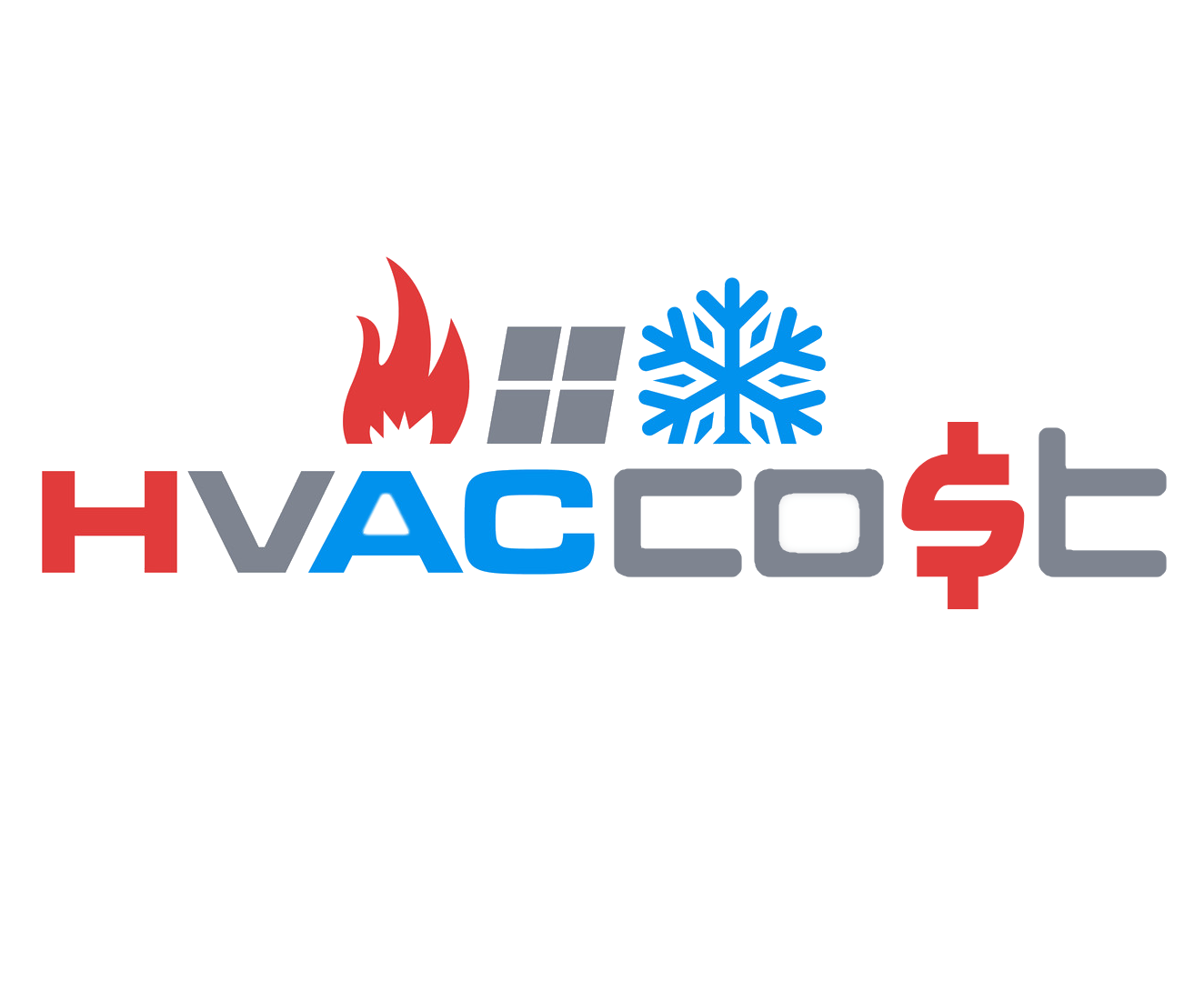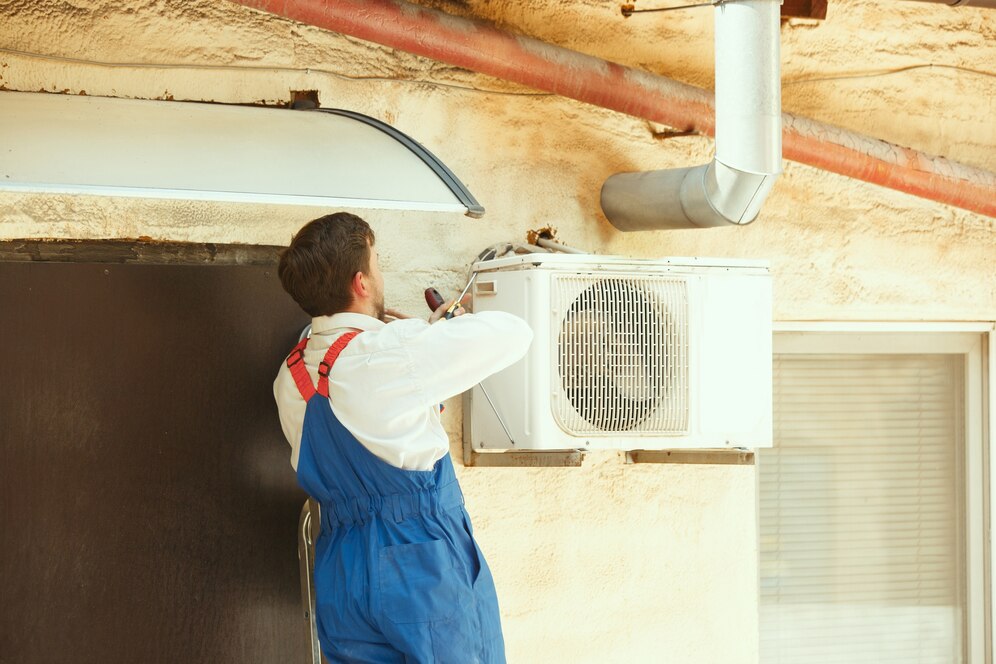Experiencing a power outage is inconvenient enough, but finding out your air conditioner isn’t working once the power is restored adds another layer of frustration, especially during hot weather. If you’re facing this issue, don’t fret just yet. There are several steps you can take to troubleshoot and potentially resolve the problem before calling in a professional. Here’s a guide to help you get your AC up and running again after a power outage.
Step 1: Check Your Circuit Breakers
First things first, check your home’s circuit breakers. It’s common for the breaker connected to your AC unit to trip during a power outage. Locate your breaker box and ensure that the switch labeled for the AC unit is in the “on” position. If it’s off, flip it back on. If it trips again immediately, don’t reset it, as this could indicate a more serious electrical issue.
Step 2: Inspect the External AC Unit
Sometimes, debris or external damage might be affecting your unit, especially if the power outage was caused by severe weather. Inspect the outdoor unit for any visible damage, debris, or obstructions. Clear away any leaves, branches, or dirt that might be blocking the airflow.
Step 3: Examine the Thermostat
Power outages can sometimes reset or disrupt your thermostat settings. Check to ensure it’s on the correct setting and programmed to your desired temperature. If your thermostat is battery-operated, consider replacing the batteries as they might have run low.
Step 4: Reset the Air Conditioner
Many modern air conditioners have a built-in delay function for safety, which prevents the unit from restarting immediately after a power interruption. This delay can typically last from a few minutes to an hour. If your unit doesn’t turn back on after this period, look for a reset button on your outdoor unit or follow the manufacturer’s instructions to perform a reset.
Step 5: Check the Air Filters
While not directly related to a power outage, clogged air filters can cause your AC system to malfunction. Ensure your air filters are clean and free of debris. Dirty filters can restrict airflow and cause the unit to work inefficiently or not at all.
Step 6: Wait and Observe
After performing these checks and resets, give your air conditioner some time to start working again. Observe if it’s cooling effectively and listen for any unusual noises.
Step 7: Seek Professional Assistance
If your air conditioner still isn’t working, it’s time to call in a professional. HVAC technicians can diagnose and fix issues that are not apparent to the untrained eye.
Preventative Tips:
- Surge Protection: Invest in a good surge protector for your AC unit to protect it from future power surges.
- Regular Maintenance: Schedule regular maintenance for your AC unit to keep it in top working condition.
- Upgrade Thermostat: Consider upgrading to a smart thermostat that can better handle power interruptions and resume programmed settings automatically.
Power outages can be challenging, but they don’t have to leave you without air conditioning for long. By following these steps, you can troubleshoot most common issues that arise after a power outage. Remember, regular maintenance is key to preventing many of these problems and ensuring your AC unit is ready to keep you cool when you need it most.


